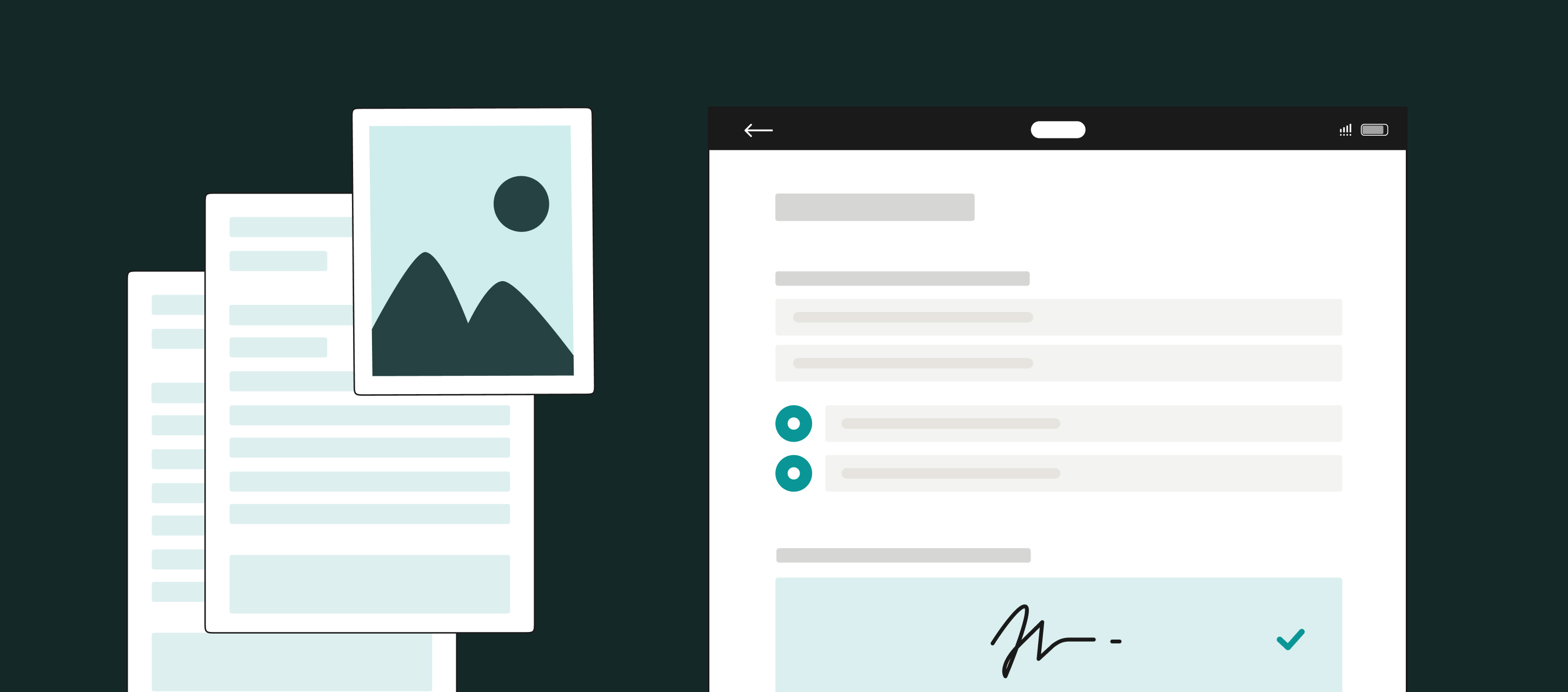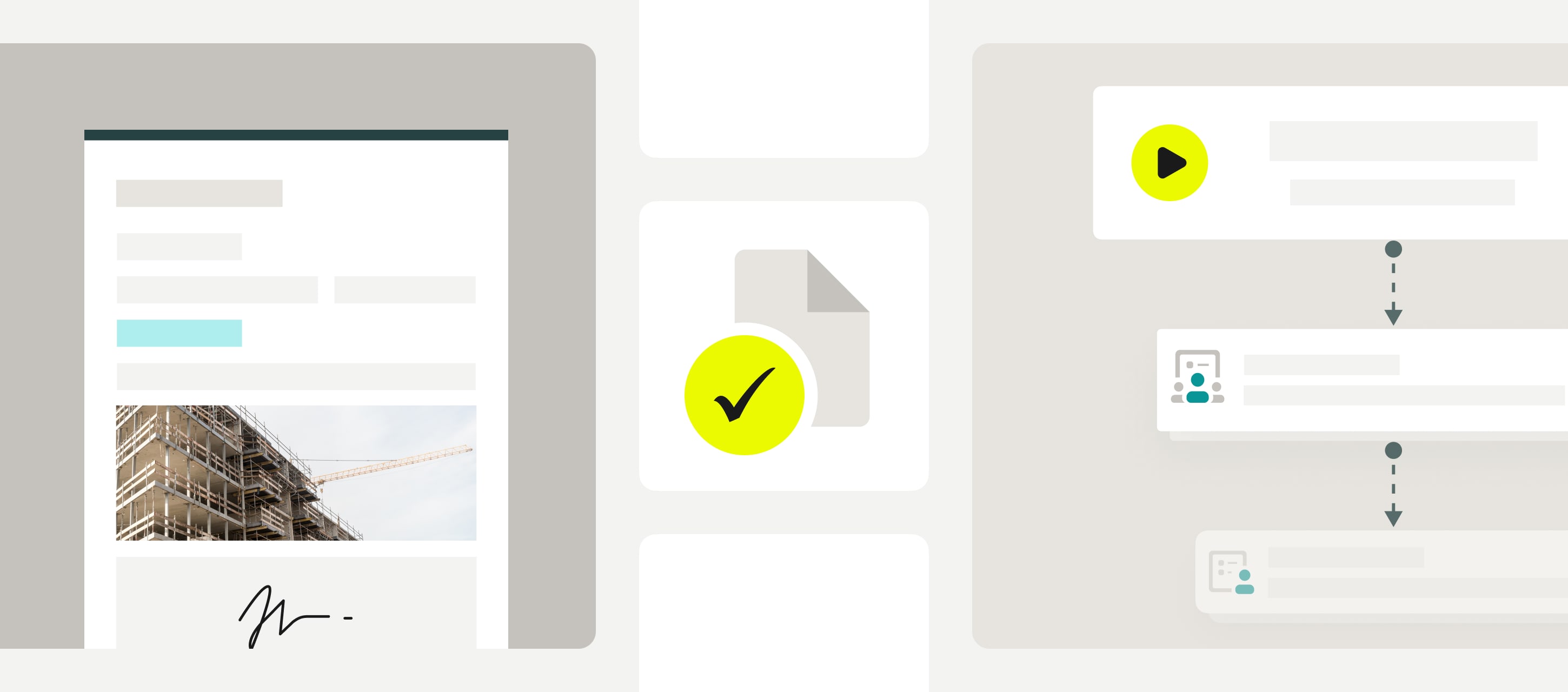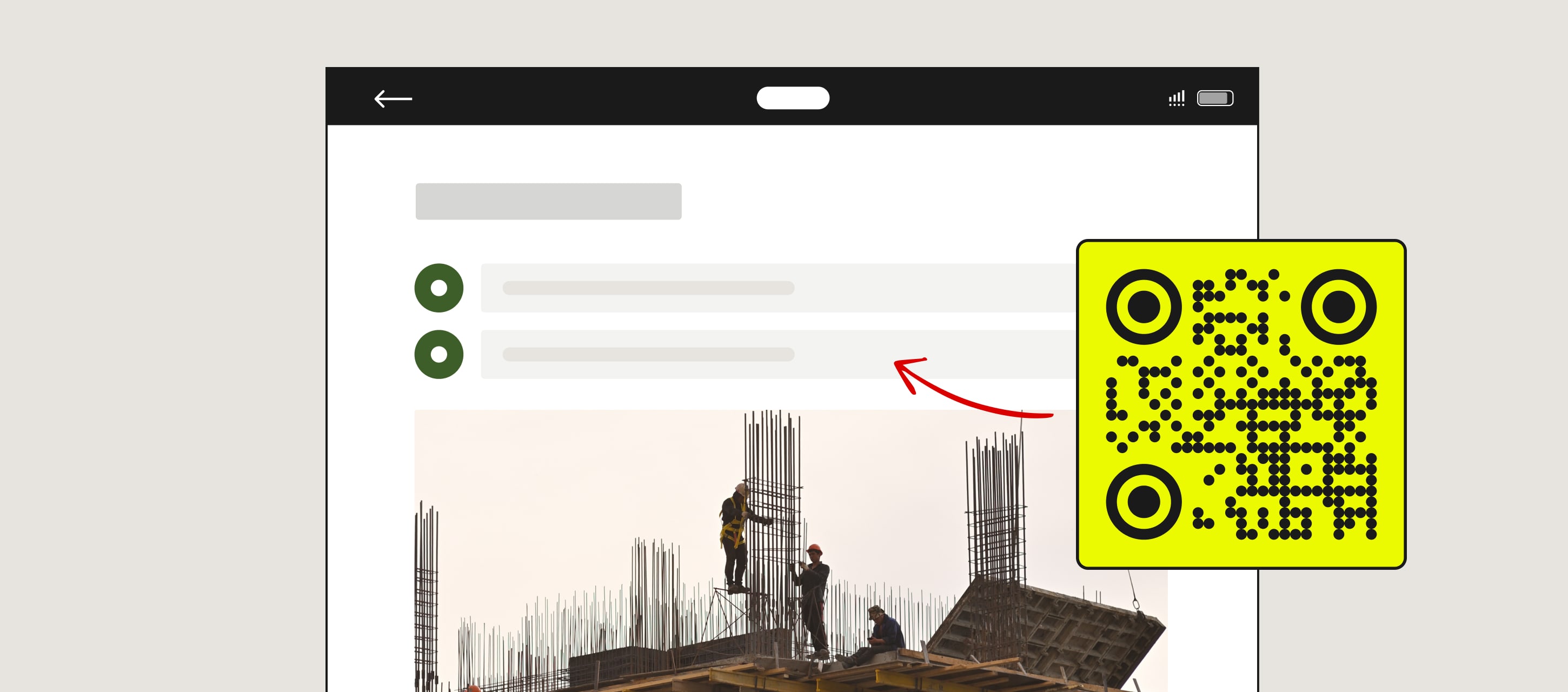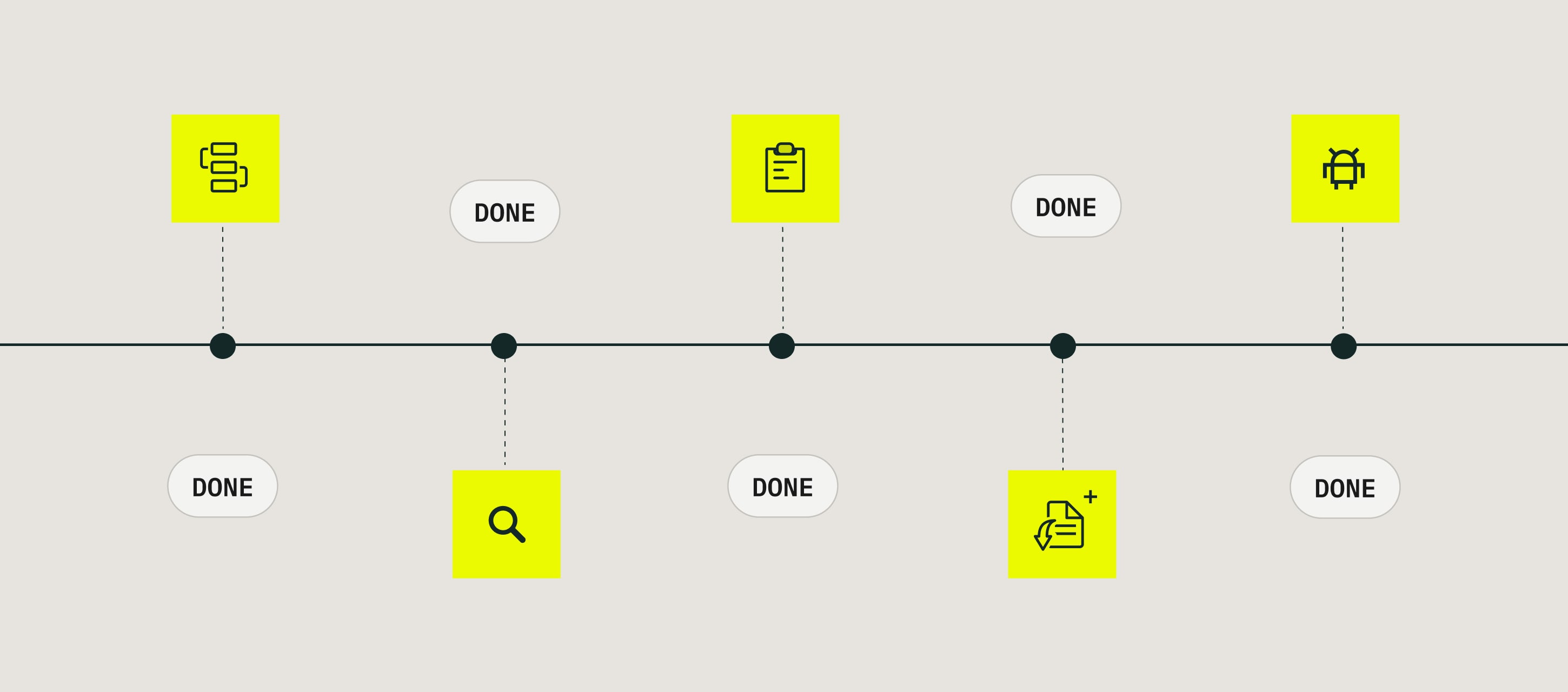File attachments are essential for various purposes, including sharing information, collaborating on projects, conveying context, and providing evidence. You use them in email clients, document management systems, collaboration platforms, and many other platforms.
And without doubt, attachments are a must-have in workflow automation software where referencing supporting documents or supplementary files is common.
Let’s see how you can use file attachments in Fluix’s workflows to streamline your task completion, making your workflows more efficient and less error-prone.
Contents:
Adding Attachments to Tasks in Fluix Workflows
In any workflow, tasks often come with supporting files, images, and additional data that provide crucial context to the task.
Managing these supporting files outside the workflow can quickly lead to disorganization, making it a challenge to locate the right files, and causing unnecessary frustration and delays.
Moreover, sharing files across dispersed tools such as email or messenger services can inadvertently heighten the risk of security breaches and unauthorized access. Data duplication across different tools and storage locations is also common in many organizations.
That’s why, sharing all files within a unified platform is the best way for you to improve data synchronization and compliance.
This is how you can do it in Fluix.
New App Feature – Files for Review
With the the new app feature Files for Review you allow users to attach files to their tasks. These files can serve as complementary info, or to give more details for the person who’ll be doing the next step of the workflow.
For example, when reviewing contracts, you may need supporting documents, such as legal briefs, amendments, and communication records. And during inspections, your field inspector can attach photos, checklists, and reports to provide visual evidence supporting inspection findings.
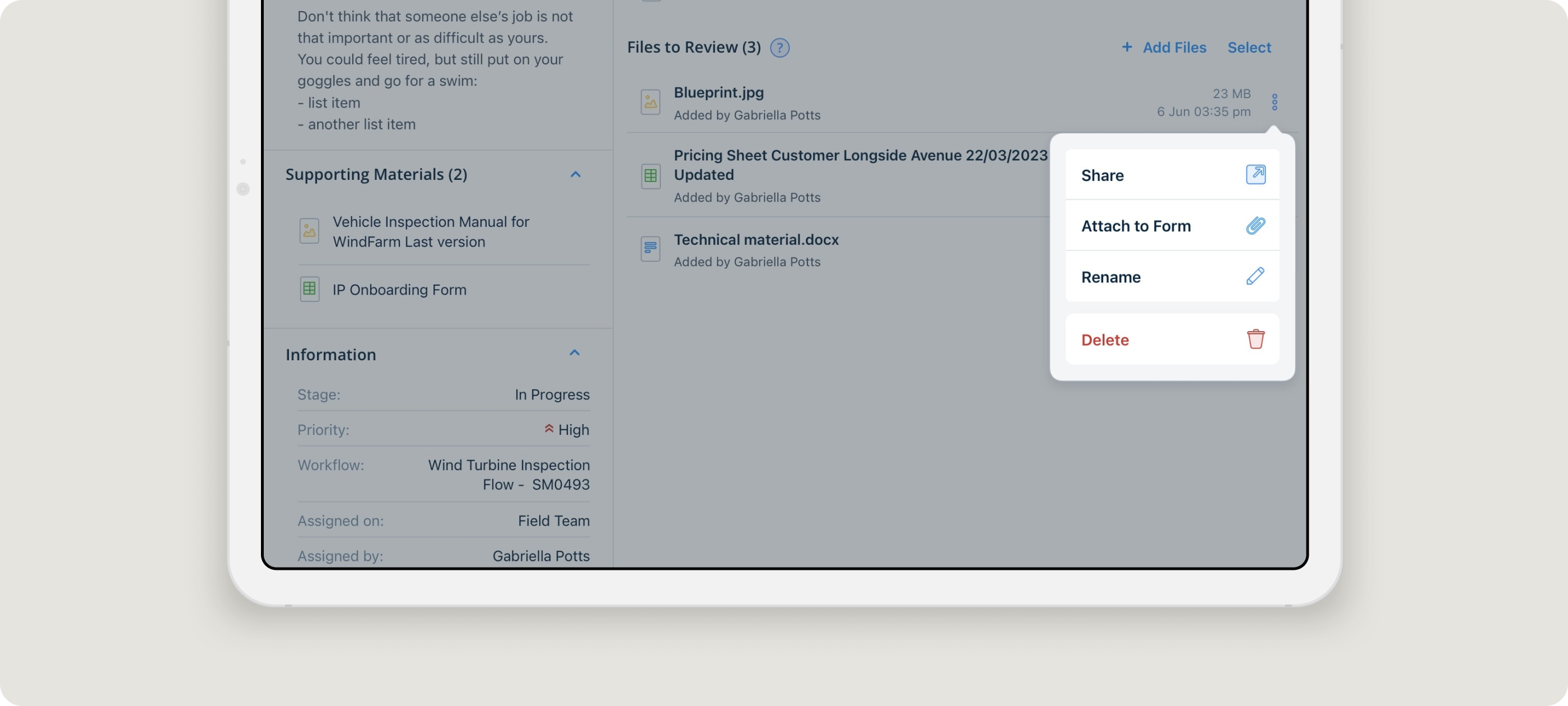
File Upload
Users can easily upload images and files in various formats (image, PDF, txt, slides, Word, Excel) straight from the camera, the device’s Gallery, external apps (e.g., Gmail, Outlook, Slack), or through drag and drop in split-screen mode (available on Android devices). The maximum allowed file size is 400MB.
Sharing and Editing
Users can share files with other participants within their workflow and also have the option to edit these files using external tools. This facilitates collaboration and review of files during the workflow process.
Review
As an admin, you can review any file added by users to have a full overview of the tasks within the workflow.
Deletion
Users can also delete files no longer needed, helping keep the workflow organized.
Why Use File Attachments for Tasks
The biggest advantage of file attachments is that they help your teams work on projects more efficiently, share essential materials, and collaborate seamlessly.
Workflow Automation
You can share files related to a specific task with colleagues, making it easier to review, discuss, and work on these files.
Document Management
You can attach important documents, images, or files to tasks, ensuring that all relevant information is available within the workflow.
Integrations
By allowing files to be uploaded from third-party apps like Gmail and Outlook, you enhance the flexibility of the workflow and make it easier to incorporate external content.
Data Compliance
Fluix may have introduced file attachments with robust data security and compliance in mind. This feature could help organizations manage attachments securely, ensuring that sensitive information is protected and that they adhere to industry-specific regulations.
Better User Experience
Instead of switching between windows and folders, your field teams see all materials in one place.
Practical Applications
File attachments optimize any workflow for any process within any industry. Here are real-world scenarios illustrating their versatility.
- Inspections: Inspectors or auditors can attach photos, checklists or reports to enhance the results of the inspection.
- Sales enablement: Sales representatives working on a proposal for a client can attach product brochures, case studies, pricing sheets, etc. to customize it based on the client’s specific needs and requirements.
- Inventory management. You can attach product images, purchase orders, and inventory reports in addition to transaction documentation.
- HR onboarding: When managing a job offer, HR managers can attach a set of documents and forms for the new hire to complete.
File attachments is a basic feature, yet its significance can’t be overstated. It’s that piece without which the puzzle of efficient document management is never complete. And with Fluix’s file attachment feature, you have the tools you need to handle your document management in the best way.

